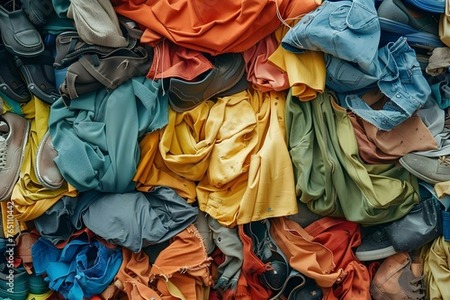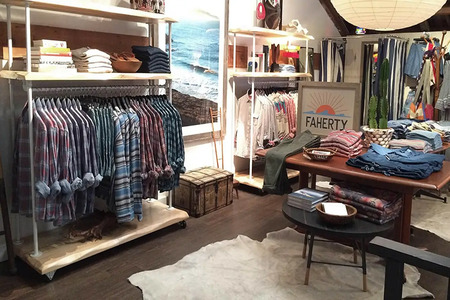
South African clothing, textiles sector to revitalize
YarnsandFibers News Bureau 2014-03-10 11:45:00 – JohannesburgThe South African textile and clothing industry constitutes an important sector of South Africa’s economy. It is the most labour-intensive sector of manufacturing and operators are predominantly females and black. The clothing and textile industry is slowly regained its strength and if supported will be able to vie with global manufacturers, according to Ebrahim Patel, Economic Development Minister.
The industry suffered job losses between 2002 and 2012 due to cheap imports, poor training and a lack of investment by companies, among other factors. But they have achieved a lot in saving jobs and creating jobs in this industry. The latest numbers from Southern African Clothing and Textile Workers Union (Sactwu) indicate slowdown in job losses, Patel said at the annual bargaining Council meeting of the in Durban on Thursday.
In 2010, a total of 10 119 jobs were lost; this dropped to 5 338 job losses in 2011. In 2012, the industry suffered a further 5 330 job losses, while 3 416 posts were cut last year.
During the Zuma administration, the sector benefited from about R4 billion spent either in the form of loans or incentives. The production incentives fall under the Clothing and Textile Competitiveness Improvement Programme, which helps companies improve competitiveness and pay for capital upgrading.
Through the Department of Trade and Industry, the government has approved the R2.2 billion production incentive fund for the clothing, textile, footwear and leather sector, which helped save 63 000 jobs and created 8 000 additional jobs.
In addition, the Industrial Development Corporation has made loans and investments of R2.2bn to 93 companies in the industry, saving 12 000 jobs in the process.
Seardel, a major clothing and textile manufacturer has been a major beneficiary of the Department of Trade and Industry’s incentive. In its most recent annual report, the Seardel board acknowledged the importance of the incentive programme.
The KwaZulu-Natal Clothing and Textile Cluster has also benefited from the government’s intervention.
According to Apparel Manufacturers of SA executive director Johann Baard, the industry has improved over the past 18 months and witnessed stabilization of the sector having received support from the government which had shrunk as a result of retrenchments, factory closures and an influx of cheap imports. A positive announcement about relief on fabric import duties will add to the stabilisation.
For the past 20 years, local manufacturers had paid, on average, about 22 percent in import duties for fabrics that were not available locally.
For Apparel manufacturers, customers are the retailers. When they place an order with them, they tell them the fabric required which if they are unable to find in the domestic market are forced to import. Importing fabrics is the single biggest input cost for the average clothing manufacturer, Baard said.
Most domestic retailers, including Woolworths, Edcon and Mr Price, import up to 70 percent of their apparel, but Foschini and Edcon have recently involved local suppliers.
Last year, Edcon increased its local suppliers, while Foschini said that 65 percent of its women’s wear was now made in South Africa.
Alex Liu, the deputy chairman of the United Clothing and Textile Association in Newcastle, KwaZulu-Natal, are not part of the bargaining council thus cannot benefit from government subsidies, they represent companies that do not act in accordance with minimum wage levels which is one of the criteria of the council.
As for the international fashion retailers entering the South African market, the government hopes that in the long term, the local industry will become part of the global supply chain, when local manufacturers become more competitive not only on number of units and price, but also on turnaround time and quality.
The South African government intends to revitalize the textile and clothing sectors with the project aimed at developing a blueprint to improve the competitiveness of the South African textile and garment industry and to boost its export performance through a best practice support scheme and adequate legal framework. The project will assist the government in its endeavor to create a medium to long-term strategy composition of South Africa's textile and clothing sector.
Market Intelligence
Ask for free sample Report

experience
Customer Base
dedicated team
Countries Served Worldwide









